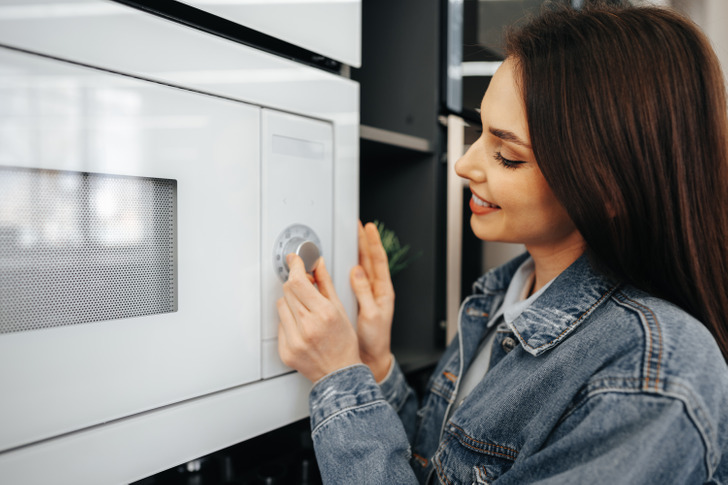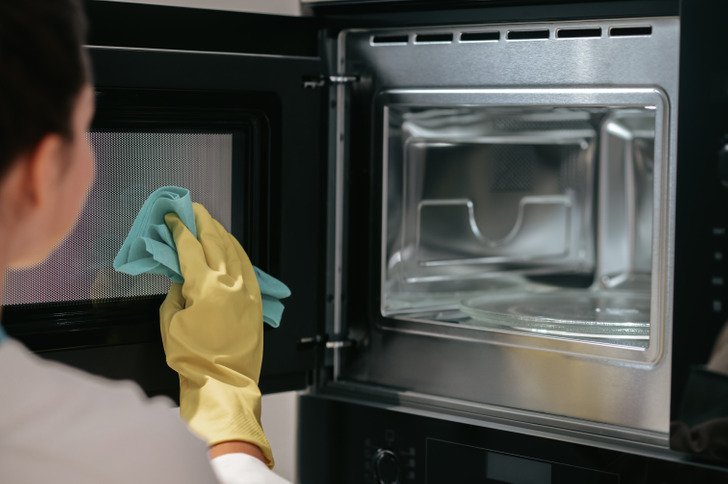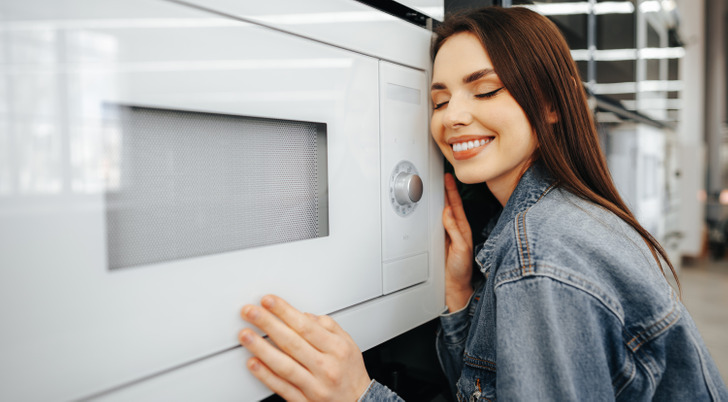That’s really helpful advice! I didn’t know adding a mug of water could keep pizza crust crispy while reheating—definitely trying that next time. Focal Point Ponds
8 Microwave Mistakes You’re Probably Making Every Day
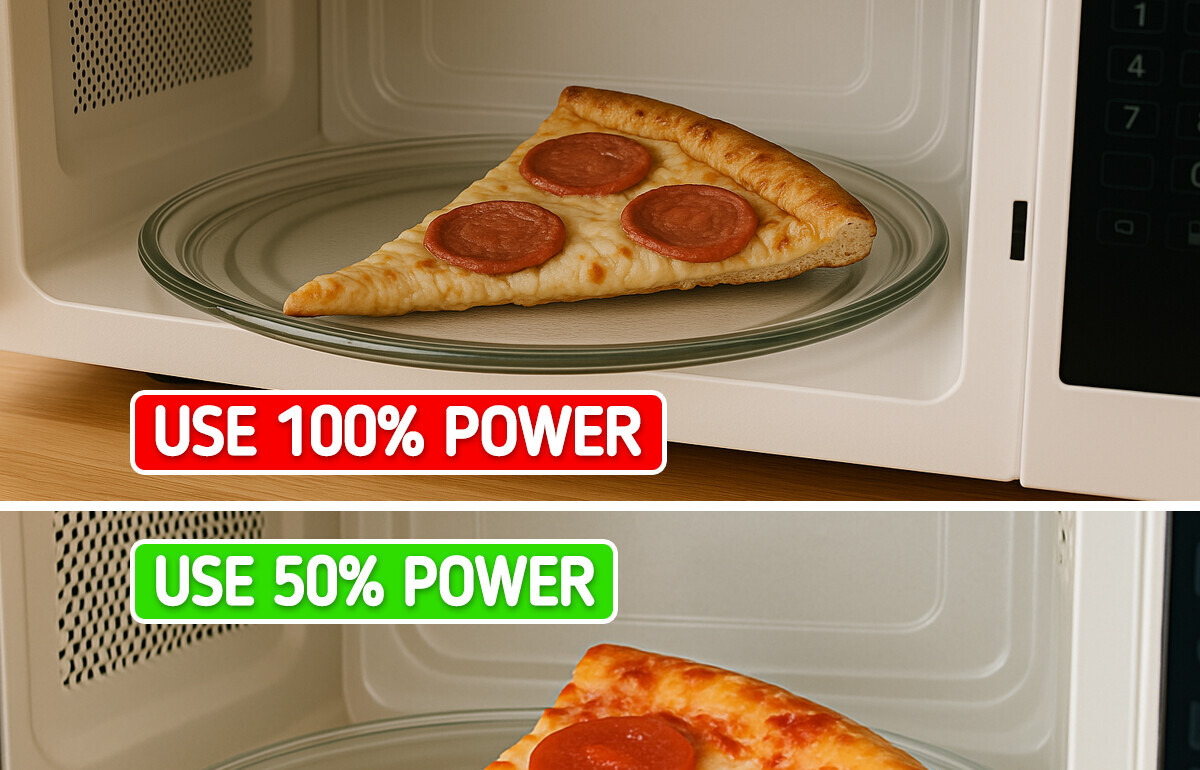
With approximately 70% of households said to be using a microwave every day, you’d think knowing how to operate it properly would be common knowledge. But apparently the only common thing is how wrongly we’ve all been using our microwaves. Take a look at 8 mistakes.
1. Ignoring the Power Level knob
Continuously pressing the default 30 second button on our microwaves is the same thing as cooking all our food on the stove at the highest power for the entire time that the food is on the stove. It is the reason why food ends up burnt on the outside, such as the container, while the interior of our food remains cold. But there’s a better way — the power level button way.
Instead of ignoring it, like most of us do, using it allows you to be in better control of how your food gets cooked. Lower power settings and a few more minutes can frequently lead to better texture and more consistently cooked food.
How To Use It:
Use 100% power:
- when heating water substances such as soups or tea.
- for popcorn (or anything else that’s less than ½ inch thick)
- when tenderizing vegetables
Reduce the power level to 50% when:
- heating or reheating dishes that cannot be stirred, like lasagna, frozen chicken, or potatoes
- Taking food to a certain temperature. i.e. Melting butter or chocolate
- for fluffier grains when steaming them gently i.e. rice, farro, and quinoa
Power level should not exceed 50% when:
- Heating dairy-based items like milk, which can easily curdle.
- Heating heat-splatter-prone items like tomato sauce.
- Melting butter, which is prone to splatter.
2. Not stirring your food
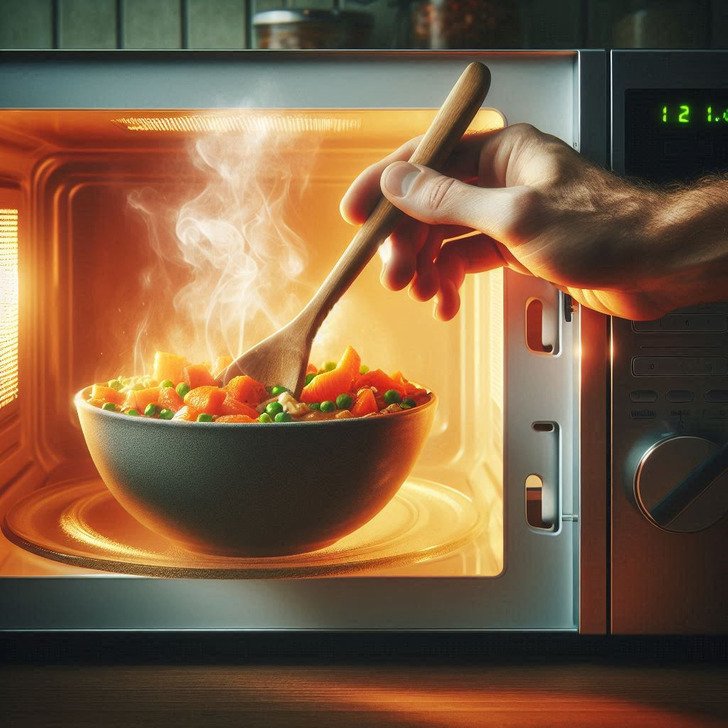
There’s a solution to unevenly heated foods, and it’s literally in your hands. Just pause the microwave and stir leftovers and ready-to-eat frozen meals midway through the warming process. Doing this ensures that your food is cooked through, and it helps eliminate cold spots from your food. This is important because bacteria is more likely to grow in those cold spots.
Another reason microwaves can’t heat food evenly, other than them having areas that are hotter than others, is because they can only heat food about 1 to 1½ inches deep. So, if your food is too thick, the inside won’t get hot right away.
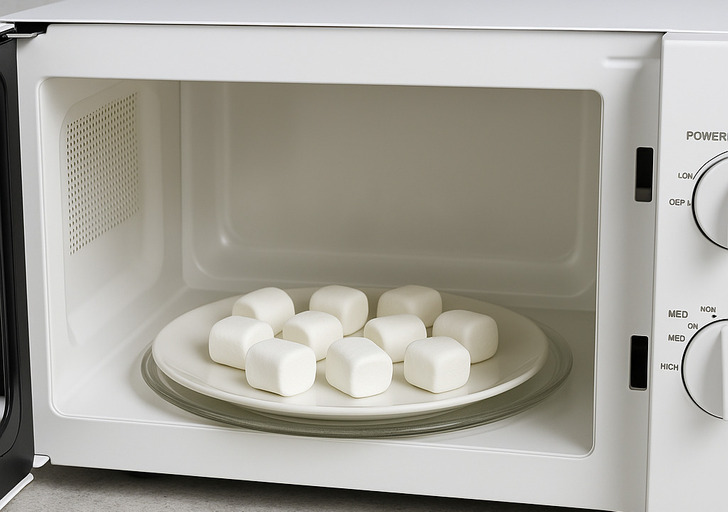
3. Not covering your food
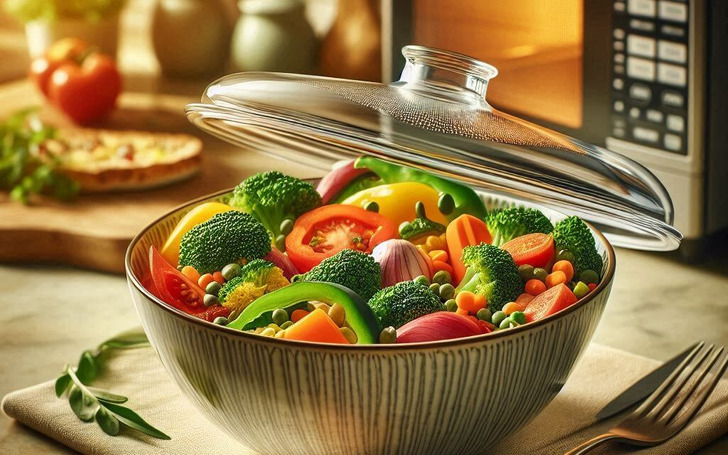
When you don’t cover your food, it can splatter everywhere and make a big mess in your microwave. So using a microwave-safe lid or some wax paper will keep it clean to heat your food better. Do not use materials like styrofoam, metal, and plastic to hold or cover your food while being heated because they can catch on fire.
To check if your plastic container is microwave-safe, look for a “Microwave Safe” label on it. This symbol is most commonly used on reusable plastic storage containers.
4. Not cleaning your microwave enough
Your microwave gets used a lot—whether it’s for heating up leftovers or making quick meals—so it’s important to keep it clean. Even if there’s no visible dirt, food bits and grease can build up over time, so wipe it down with a damp cloth or paper towel every day to keep it fresh.
If you use your microwave often, try to give it a deep clean once a week. If you only use it now and then, once a month should be good.
How to clean your microwave properly:
Avoid using harsh cleaners like bleach or ammonia in your microwave—they can damage it, and they aren’t safe around food. For light messes, warm water and a cloth work well. Use dish soap for tougher spots and for stubborn stains or odors, steam-clean by microwaving a mix of water with lemon juice or baking soda, then let it sit—the steam should loosen the dirt so you can wipe it away easily. Natural options like lemon and vinegar or baking soda with water may also clean it safely without causing damage.
Before doing a deep clean, check your manual to see if you need to unplug it first. Make sure to clean every part of your microwave including the tray, walls, ceiling inside the microwave, and the buttons too.
5. Reheating certain foods can be dangerous
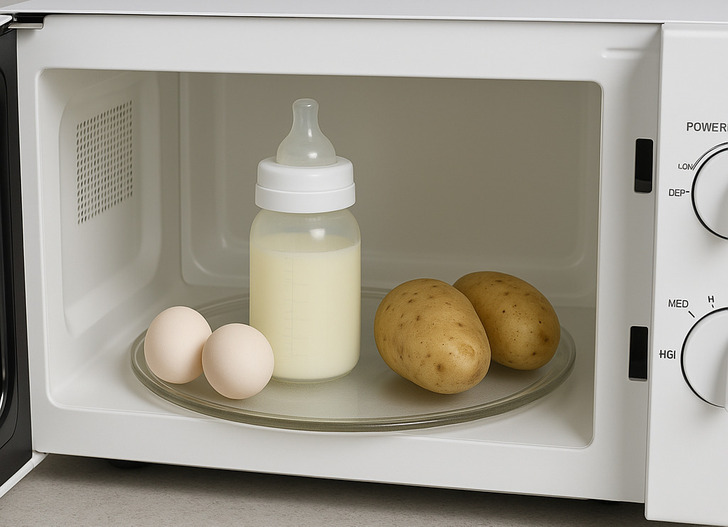
Heating eggs in their shell is not the best idea, whether it’s raw or cooked, because without a way out, pressure inside the shell can cause the egg to explode and make a mess.
The right way to heat an egg in the microwave would be when it’s out of it’s shell. For poached eggs, poke the yolk with a fork and cover the bowl with a plate. You can also scramble the eggs with some milk and salt, remembering to stir them halfway through cooking.
Breastmilk and formula should not be warmed in a microwave, since microwaves can cause uneven heating of liquids. The liquid may contain hot areas that could easily burn your baby’s mouth, even after you test it.
Foods with skins and lots of water—like potatoes, tomatoes, or citrus—can explode if microwaved whole. To avoid this, poke a few holes in the skin first, so steam can escape while they cook.
Nothing — mistakenly microwaving nothing can damage your microwave, so double check to make sure that there is something inside.
6. Not heating water properly
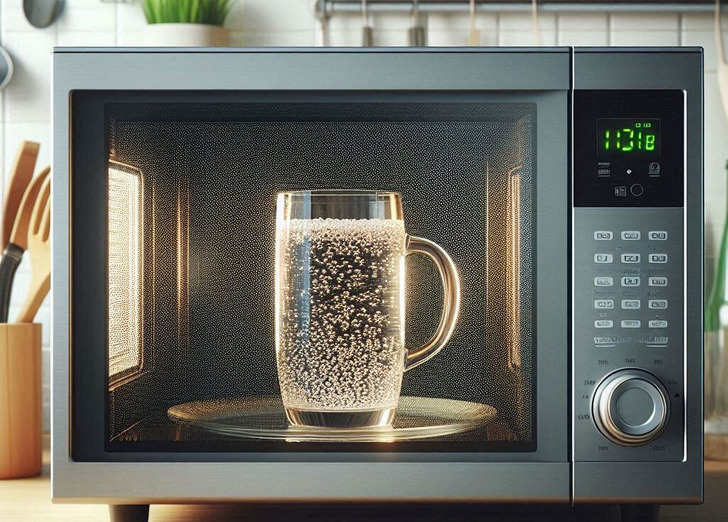
Microwaving water might seem easy, and it may be convenient if your kettle isn’t working, but it can also be dangerous. This is because water may get extremely hot but not boil, and when you irritate it—like you drop a tea bag into it—it can suddenly explode and burn you.
To be safe, heat water in short bursts, stir it often, and put a wooden stick or spoon into the cup while it’s heating. That helps bubbles form so it boils normally instead of getting too hot.
7. Heating oil
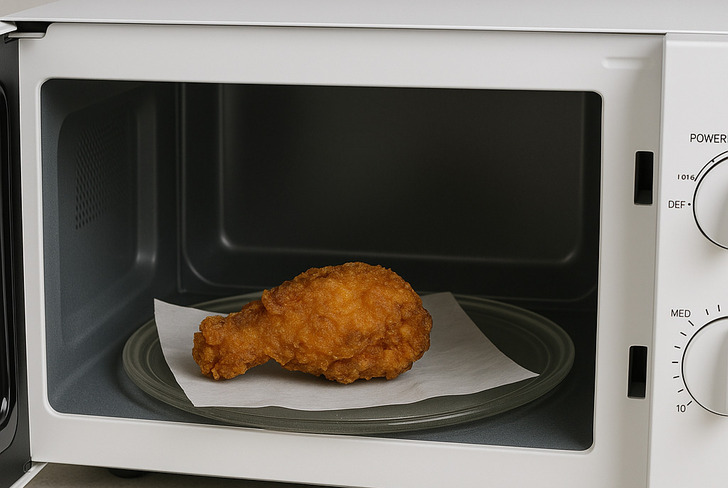
You might need to think twice before microwaving oil or greasy fried foods. Microwaves heat water, not oil — oil burns, which could cause harmful compounds to be released and make your food taste bad.
Reheating fried food makes it soggy, not crispy, because of the steam that is being created. If you must microwave fried food, use parchment paper to catch the oil.
8. Reheating pizza wrong
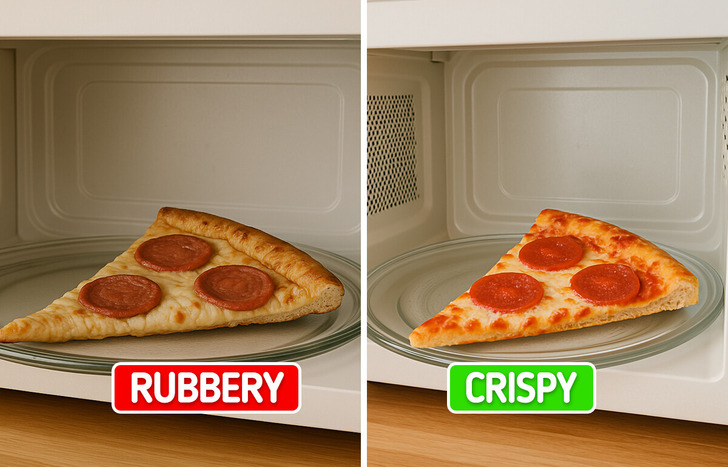
It’s the day-old pizza in the box and microwaving it is your only option, and we all know how that tastes. So what do you do when the rubbery dough of a once good pizza sadly turns mediocre — there might be a trick for that.
To keep the crust crispy and give moisture to the toppings again — Use a mug of water.
- Put a slice of pizza on a dish that can be microwaved.
- Pour water into a mug.
- Put the mug and plate side-by-side in the microwave.
- Heat it in 30-second intervals until it is well heated and after cooling for a bit, your pizza should be good to eat.
- Use 50% power, not 100%.
Pro tip: know your microwave
Every microwave model is a bit different, so referring to your microwave’s manual for settings, safe materials, and best practices would be smart. Because the better you know your microwave, the better results you can get out of it.
Actually, why not just get the best out of everything in your home, even your plants — try these helpful tips to bring new life to your green friend.
Comments
Related Reads
14 Celebrities Who Weren’t Afraid to Share Filter-Free Photos

16 Stars Who Rocked Outfits With Unexpected Details

10 Honest Stories That Capture the Struggles and Pain of Blended Families

My Neighbor Treated My Driveway Like Free Parking, So I Taught Him a Lesson

I Refused to Let Mom Move In With Me—My Privacy Isn’t Up for Debate

14 Acts of Kindness That Turned Total Strangers Into Superheroes

I Refused to Host My Stepdaughter’s Birthday, Now I’m Excluded From the Party

My DIL Excluded Me From Gender Reveal Party, Saying I’m "Not Family"—Big Mistake

My Cousin Refuses to Pay Me After Singing for Her Entire Wedding

I Refuse to Help My Homeless Mom After She Spent All Her Retirement Money on My Sister

I Refuse to Keep Supporting My Daughter and Her 5 Kids for Free

18 Employees Who Saw Their Choices Backfire Hard

